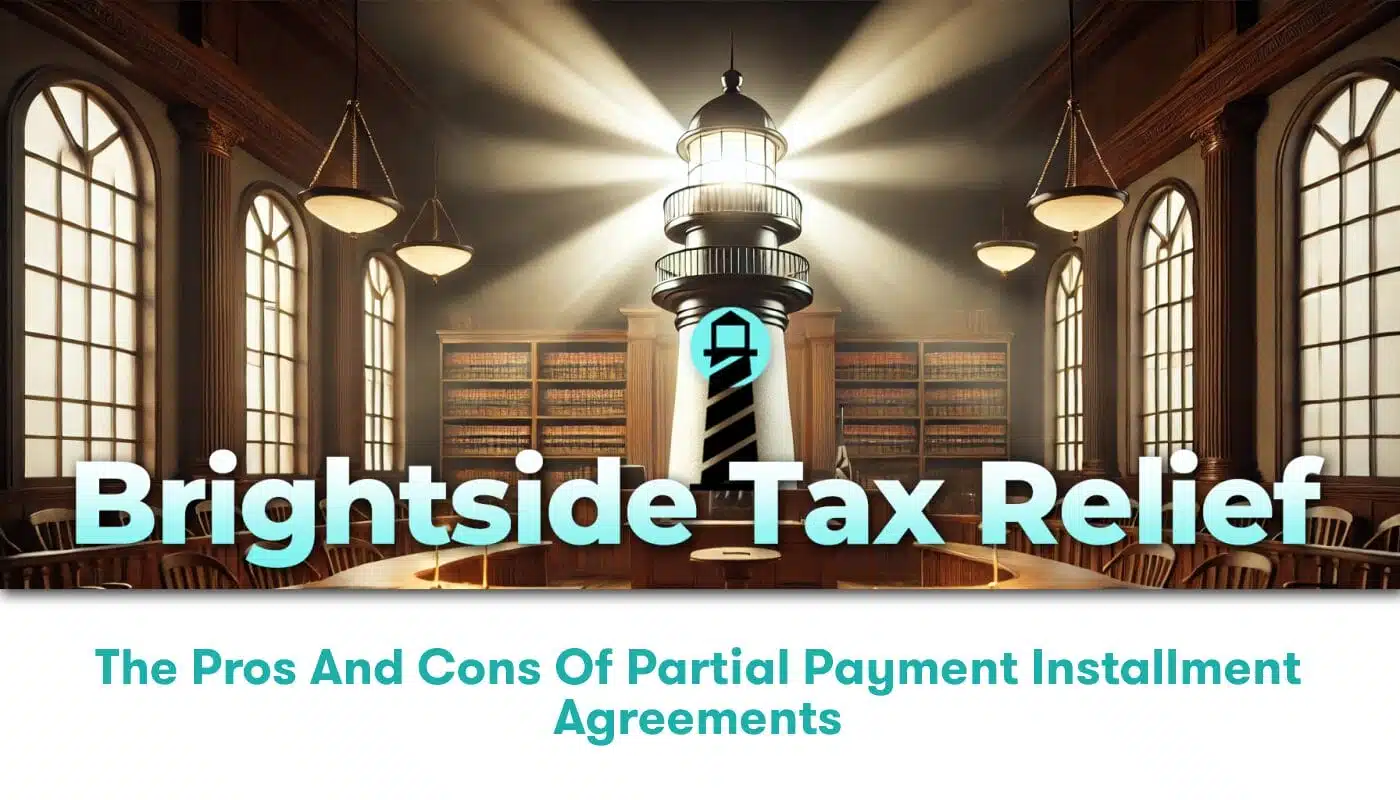Demystifying the IRS Instalment Plan
Tax liabilities can be overwhelming and sometimes demanding to fulfill at once. This is where the Internal Revenue Service (IRS) instalment plan comes in handy. The arrangement assists taxpayers in managing their outstanding tax liabilities without straining their financial capacities unduly. If you’re among that group of tax defaulters, aiming to maintain transparency and good faith with the IRS, a deeper understanding of the IRS instalment plan would be highly beneficial to you.
Understanding the IRS Instalment Plan
An IRS instalment plan is a payment agreement between a taxpayer and the Internal Revenue Service. It’s a flexibility provided by the IRS to taxpayers who are unable to pay their tax debts in full at once. By dividing the total payable amount into more manageable monthly payments, an IRS instalment plan essentially eases the burden of immediate full payment. It’s important to note, however, that you’ll still pay penalties and interest until the full amount owed is satiated.
Eligibility Criteria for the IRS Instalment Plan
Not every taxpayer is automatically eligible for an IRS instalment plan. Here are a few key aspects the IRS considers when reviewing your application:
– You must have filed all required tax return documents.
– Individuals owe $50,000 or less (including penalties and interests) while businesses owe $25,000 or less.
– You must not have another instalment agreement with the IRS.
– You should provide necessary details indicating your ability to meet monthly payments.
– You consent to the IRS accessing and reviewing your financial information.
Types of IRS Instalment Plans
The IRS offers four types of instalment agreements, each with its own qualification criteria. They are:
– Guaranteed Installment Agreements: If a taxpayer owes less than $10,000 (not including penalties and interest), they can qualify for a guaranteed instalment agreement.
– Streamlined Installment Agreements: These are available for taxpayers whose total tax liability ranges between $10,000 and $50,000.
– Partial Payment Installment Agreements: These plans allow the IRS to collect an amount that the taxpayer can afford based on financial assessment.
– Non-Streamlined Installment Agreements: These are for taxpayers who owe $50,000 or more.
How To Apply for an IRS Instalment Plan
You can apply for an instalment plan with the IRS in various ways, including:
– Using the IRS’s Online Payment Agreement tool.
– Submitting a written request through Form 9465 (Installment Agreement Request).
– Directly contacting the IRS over the phone, in person, or by mail.
The Implications of the IRS Instalment Plan
While the IRS Instalment Plan is a relief to taxpayers, it engenders some financial implications. For instance, there’s an initial setup fee, which depends on the payment method you choose. Additionally, should you alter the payment terms, you’ll need to pay a restructuring fee. Be aware that late penalties and interest continue to pile up until the total amount is paid.
Professional Guidance from Brightside Tax Relief
Navigating the details surrounding the IRS instalment plans can be challenging, especially when dealing with significant tax debt. This is where Brightside Tax Relief comes in. With professional insight and experienced guidance, we’ll help facilitate your process of qualifying for an IRS instalment plan.
Conclusion
Understanding the intricacies of an IRS instalment plan can liberate you from unnecessary worry about fulfilling your tax liabilities. The process and requirements may seem daunting, but with rightful guidance, it’s possible to set up a plan that’s beneficial and manageable for you.
For in-depth information about set-up costs and payment options related to the IRS instalment plan, visit IRS official website .
With a deeper insight into the IRS instalment plan, you can transform the way you handle your tax liabilities. Assuring commitment and integrity in all our dealings, Brightside Tax Relief is here to demystify the process and make your tax payment manageable.






